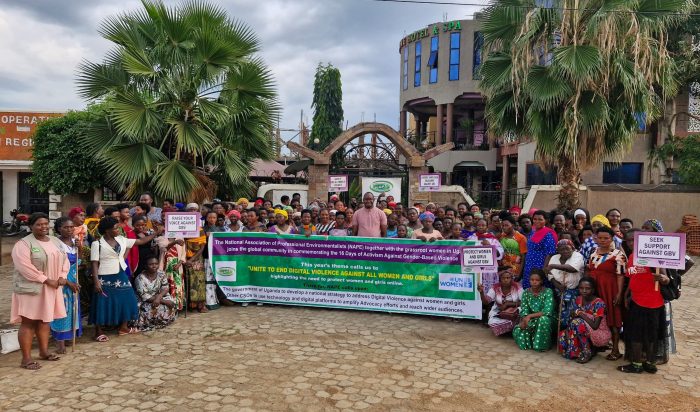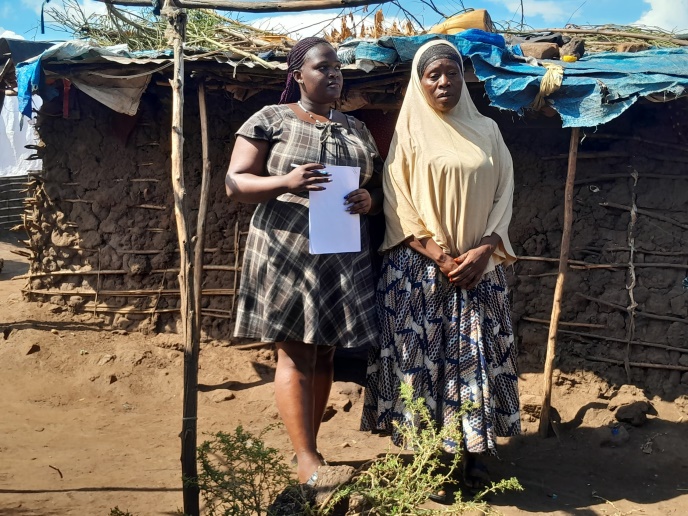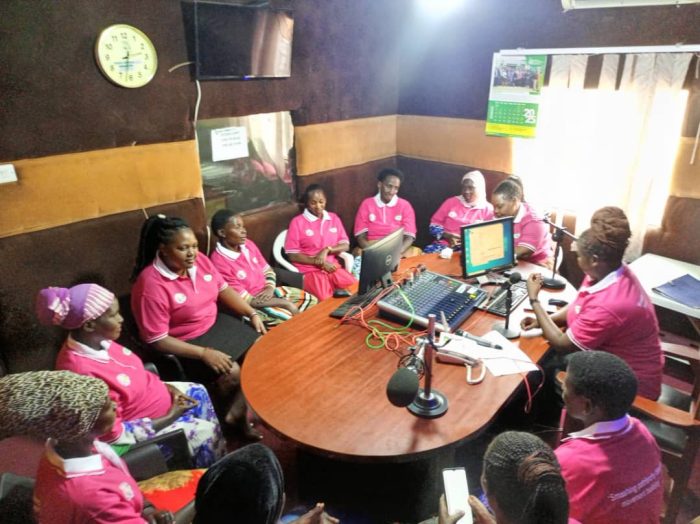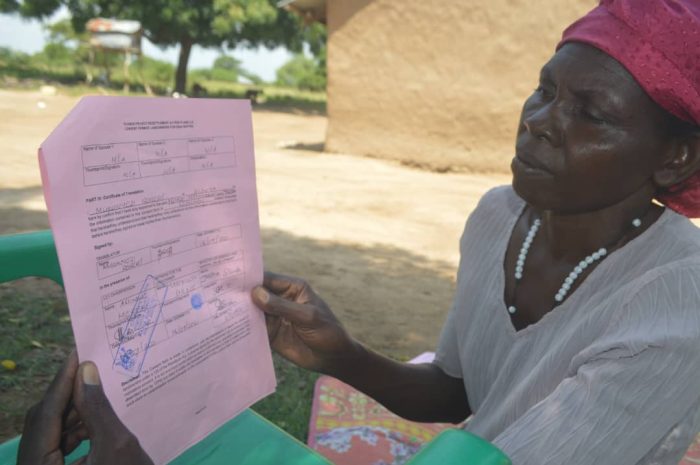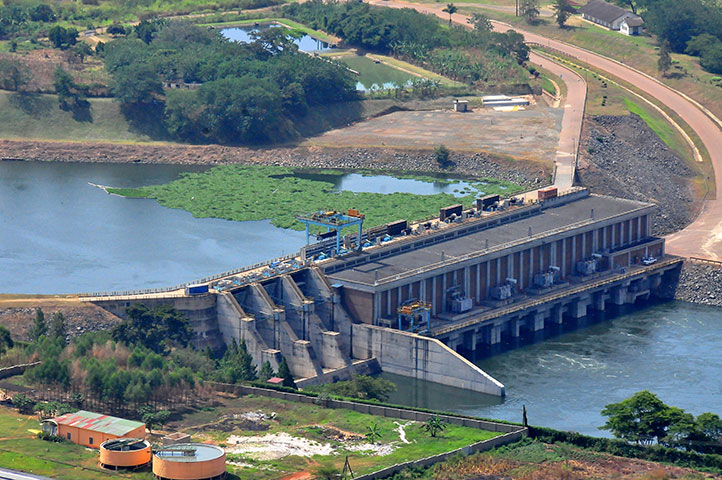
By Erskine Mdone
Private participation in large hydropower projects in Africa is increasingly being encouraged through Public Private Partnerships (PPPs). This has been illustrated by the Bujagali Falls Dam, which was commissioned in 2012 in Uganda. Together with the planned Ruzizi III Dam, the project is set to become the continent’s first regional PPP hydropower project.
Large hydropower projects impose enormous financial burdens on African governments; PPPs are seen as a way to ease that burden and distribute risk. International financial institutions (IFIs) such as the World Bank and others consider private participation in hydropower projects to be in line developing new methods of financing. In this regard, the World Bank’s IFC notes that its role in encouraging private participation in energy projects is that of “acting as financial intermediary, providing targeted financial support, convening multiple parties, and accessing a range of financial instruments and models.”
The recent outcome, however, of Africa’s first large hydropower PPP project, the Bujagali Falls Dam, illustrates that private participation does not necessarily reduce the financial, economic, social and environmental costs of large hydropower. In fact, the outcomes seem to be similar to those of purely publicly funded large hydro projects.
A Public Private Partnership Gone Wrong
The Bujagali Falls Dam is located across the White Nile, one of the main tributaries of the Nile River in Uganda, about 9.7 kilometers north of the culturally significant (and now submerged) Bujagali Falls. After 18 years of delay, the dam was commissioned in 2012. Almost every component of the project proved to be problematic. Problems have been found in both Bujugali’s Build Own Operate Transfer (BOOT) contract and the signed Power Purchasing Agreement (PPA). A number of resettlement, compensation and socio-cultural impacts of the dam remain unresolved. Whether the dam has reduced average kilowatt-hour costs of electricity – a key promised economic benefit – remains to be seen.
In 2005, the Ugandan government resurrected the Bujagali Dam project after the World Bank and AES Nile Power had pulled out due to corruption allegations and civil society pressure. (AES Nile Power was the initial private sector partner.) The Ugandan government and Bujagali Energy Limited (BEL), the new private concessionaire, entered into BOOT and PPA agreements for a 30-year period.
A subsequent study of the BOOT and PPA by the Ugandan National Association of Professional Environmentalists, using Prayas Energy Group A Study of Techno-Economic Aspects of the Power Purchase Agreement of the Bujagali Hydroelectric Project in Uganda, came to three major conclusions with significant implications for the future of PPP hydropower projects in Africa.
First, the capital costs of the project were substantially overpriced. The cost of the dam dramatically increased from the initial US$800 million to US$1.3 billion. The PPA, in addition, was found to contained irregular provisions that were not in the best interest of Ugandans. Capacity payments could have been decreased by US$40 million in the first year and an average of US$20 million over the next 29 years, but they weren’t. The study furthermore noted that the World Bank had poorly advised the Ugandan government in negotiating the PPP. Optimum consultation would have led to a net savings of US$200 million.
The shortcomings of Bujagali Dam are also apparent in the mitigation of the project’s socio-environmental impacts. In its previous involvement in Bujagali, AES Nile Power had commissioned a Social and Environmental Impact Assessment (SEIA), together with resettlement and compensation plans. These were approved by both the Ugandan government and the World Bank. AES resettled 35 households, while an additional number of affected households chose to receive monetary compensation instead. These initiatives were nevertheless derailed when AES left the project in 2002.
The new project participant BEL commissioned another SEIA, while its resettlement and compensation action plans were approved by both the Ugandan government and project lenders. But the plans have been criticized as being short-sighted, focusing on the short-term impacts of the hydropower project and ignoring long-term impacts. These perceptions were confirmed when a 2008 compliance review report by the African Development Bank found that project borrowers had not complied with compensation and resettlement policies of the bank and related lenders.
Involuntarily resettled communities now have less access to cash crops and revenue generation activities than before their resettlement. Compensation issues related to individuals injured while working on the hydropower project, as well as those affected by the construction of transmission lines, also await resolution. And the Ugandan government and BEL bizarrely attempted to circumvent the socio-cultural components of the project when an imposter impersonated the spiritual leader of the Basoga people to hurriedly carry out cultural rituals, a prerequisite for commencement of the project.
Furthermore, the dam’s reservoir has submerged the Bujagali Falls, which Ugandans consider to be a national symbol of cultural and spiritual importance. The owners of Bujagali also have yet to account for the hydrological changes which the dam will impose on Lake Victoria. There is currently no mitigation strategy for climate change risks, which could reduce water levels in the lake and negatively impact Bujagali Dam’s ability to generate electricity.
Finally, though the dam was expected to have a total installed capacity of 250 MW, at the time of writing, the maximum generation capacity of the dam has been between 150 to 155 MW. This outcome is significant, given its direct impact on the expected economic efficacy of the dam. Nowhere is this failed promise more apparent than in the resultant increase in electricity prices of 151% from the pre-commissioned dam levels of US$ 13.99 in 2010, to USD cents 21. 2 in 2012.

